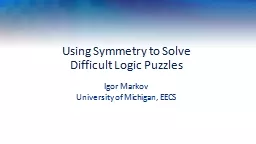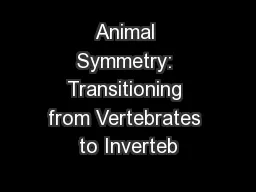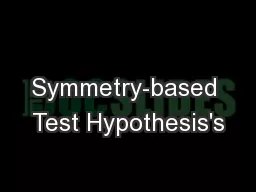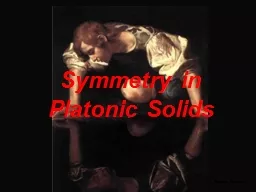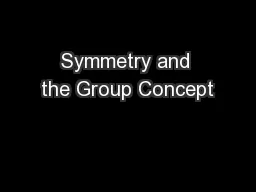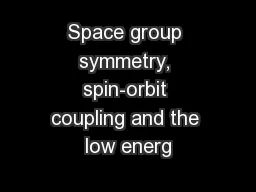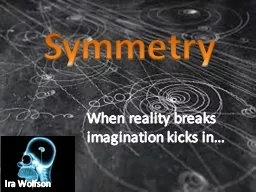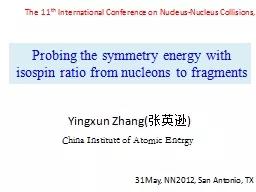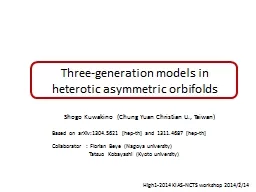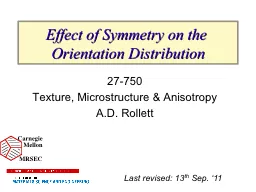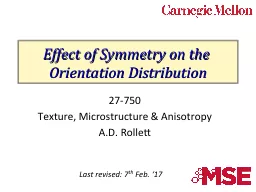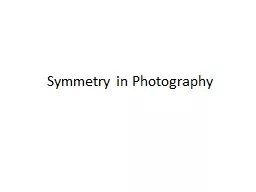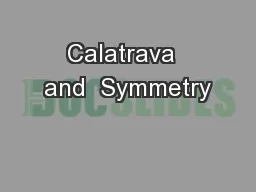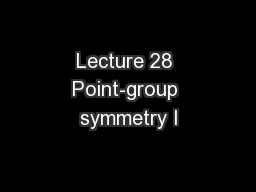PPT-Using Symmetry
Author : myesha-ticknor | Published Date : 2015-12-08
to Solve Difficult Logic Puzzles Igor Markov University of Michigan EECS Outline A brief introduction to the field of Electronic Design Automation Integrated circuits
Presentation Embed Code
Download Presentation
Download Presentation The PPT/PDF document "Using Symmetry" is the property of its rightful owner. Permission is granted to download and print the materials on this website for personal, non-commercial use only, and to display it on your personal computer provided you do not modify the materials and that you retain all copyright notices contained in the materials. By downloading content from our website, you accept the terms of this agreement.
Using Symmetry: Transcript
Download Rules Of Document
"Using Symmetry"The content belongs to its owner. You may download and print it for personal use, without modification, and keep all copyright notices. By downloading, you agree to these terms.
Related Documents

